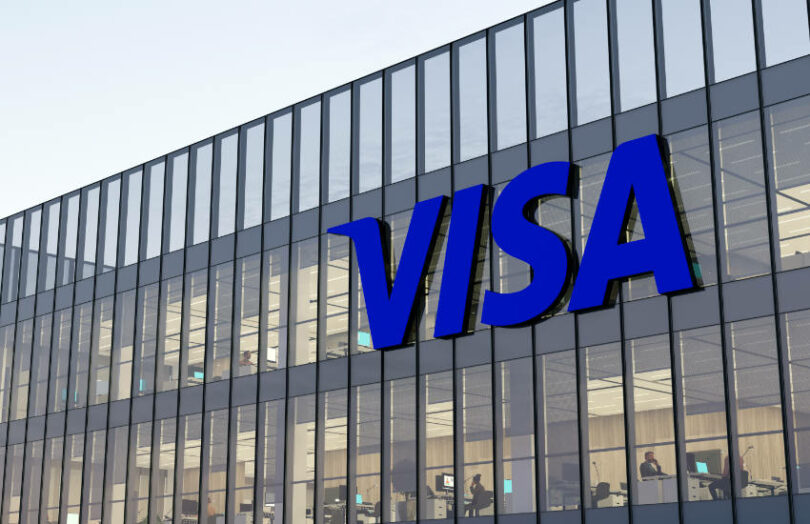Last year, as part of Hong Kong e-HKD Pilot program, Visa collaborated with HSBC and Hang Seng Bank on a tokenized deposit trial. It involved two use cases, one for the settlement of a high value real estate transaction and another for settling Visa card payments. Last week it published a report on the trial.
“Tokenized deposits allow commercial institutions to bring efficiency to existing settlement processes and innovate new use cases,” said Vincent Lau, Global Head of Digital Money, Global Payments Solutions, HSBC. “Realizing these benefits will require further development of interoperability between tokenized deposits from different banks.”
Visa said the trials involved an early version of its tokenized deposit solution. Hence, while programmability is one of the key benefits of tokenized deposit payments, the experiments emphasized the core interbank payment functionality. In Hong Kong there are restrictions on faster payment amounts, so the real estate transaction supported a high value instant payment with tokenized deposits.
Other key benefits include efficiency in terms of speed, fewer manual verifications and the ability to settle in near real time by reducing intermediaries. Blockchain also enhances transparency.
Regarding potential challenges, these include the evolution of regulations, and the investment needed to create new infrastructures. It’s critical to develop standardized data and protocols. Plus, there’s the need to ensure a suitable level of privacy protection.
How it works
Tokenized deposits work differently from stablecoins. When a payee transfers money to a recipient, the sending bank burns the tokens and the recipient bank mints them so they appear in the recipient’s wallet. Additionally, the sending bank has to pay the recipient bank, and this is where a central bank digital currency (CBDC) is useful.
The advantage of using a CBDC is that the client token exchange and the CBDC exchange can happen simultaneously, so there’s no settlement risk.
In the case of merchant card payments, the payment from the card issuer, to Visa and on to the acquiring bank, happened in the conventional way. Hang Seng Bank was the acquiring bank that handled the merchant’s end of card payments, and HSBC was the merchant’s primary bank. So Hang Seng Bank paid the merchant using a tokenized deposit, involving a transfer from Hang Sent to HSBC. Benefits included near real-time notification of a substantial settlement and better transparency.
Hong Kong wants to further explore these sorts of solutions, so the Hong Kong Monetary Authority launched Project Ensemble, a wholesale CBDC project. It will explore using a wholesale CBDC for interbank settlement of tokenized deposits and for the settlement of tokenized transactions.
Ledger Insights Research has published a report on bank-issued stablecoins and tokenized deposits featuring more than 70 projects. Find out more here.






